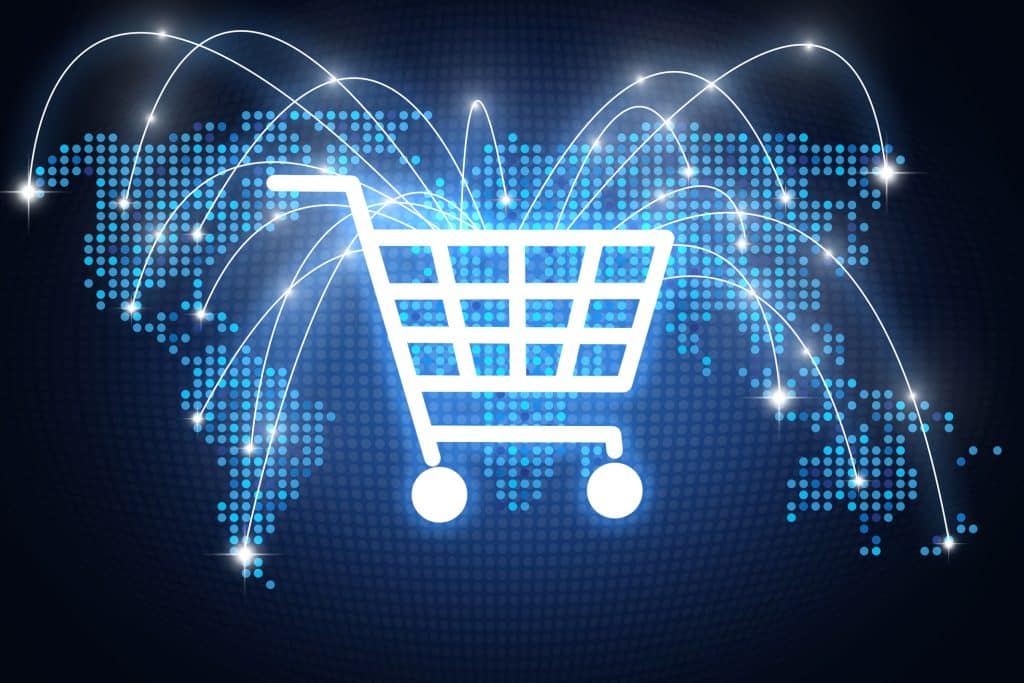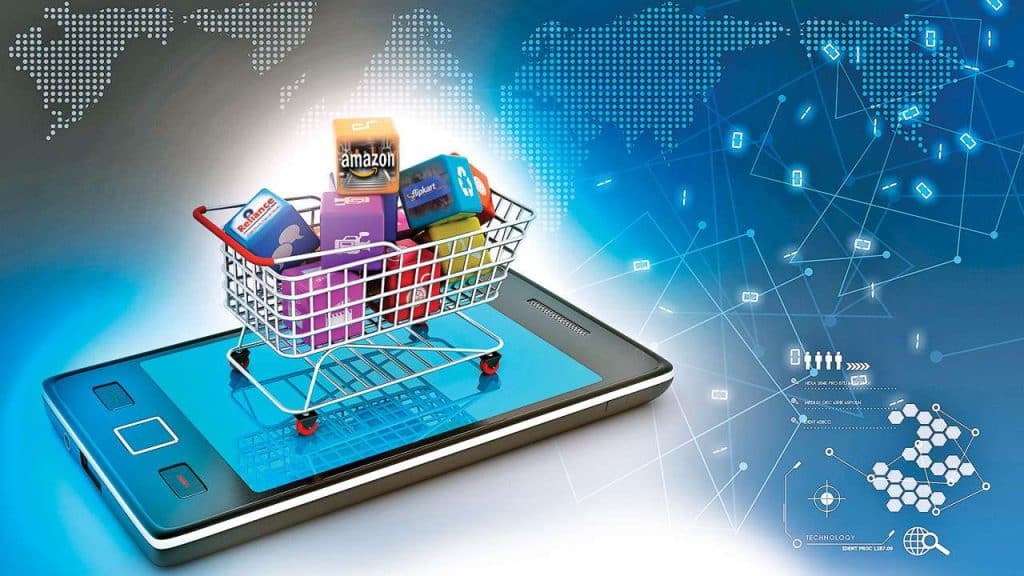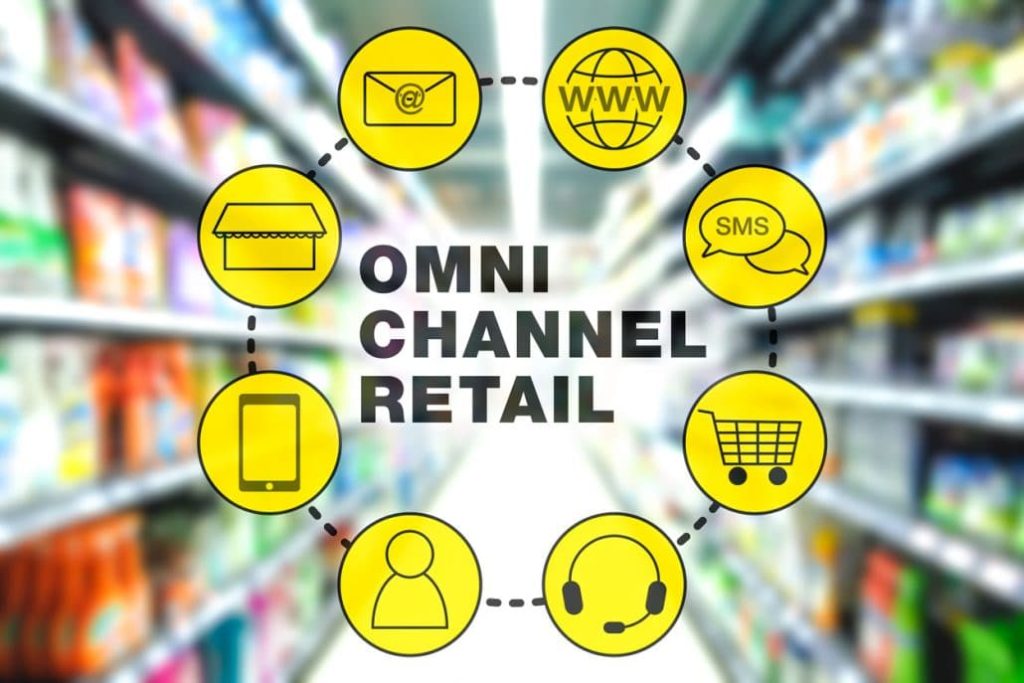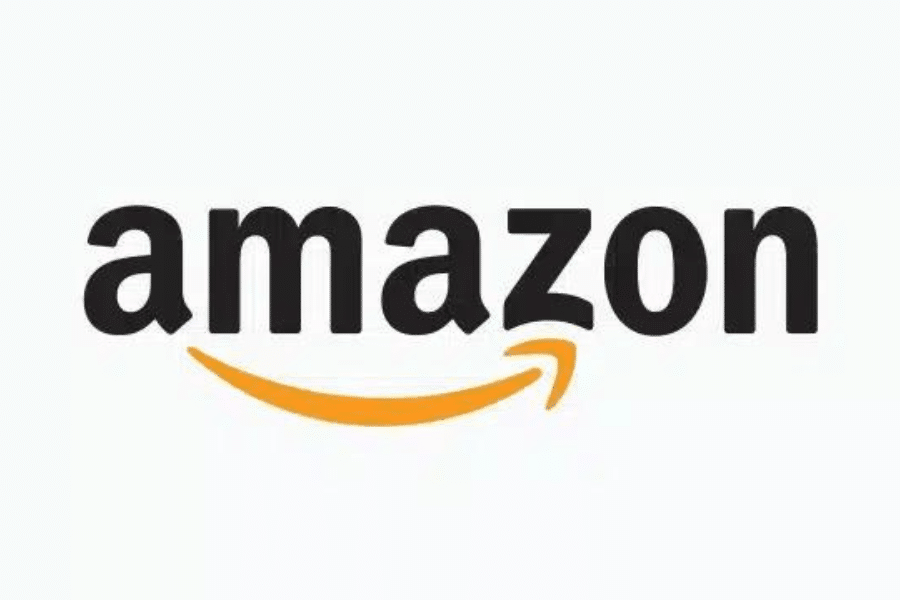The retail landscape is undergoing an unprecedented revolution driven by the relentless rise of e-commerce. Traditional brick-and-mortar stores find themselves competing with the vast and ever-expanding digital marketplace, where convenience, variety, and 24/7 availability reign supreme. This shift is not merely a change in shopping habits; it’s a profound transformation that is redefining how consumers interact with products, brands, and each other. This post will delve into the future of shopping, from the explosive growth of online sales to the innovative technologies that personalize your shopping experience.
Contents
- 1 The Rise Of E-Commerce
- 2 Technology And Personalization
- 3 Omni-Channel Retailing
- 4 Sustainability And Ethical Shopping
- 5 Impact On Employment And Economy
- 6 Mobile Shopping And Apps
- 7 Emerging Markets And Global Trends
- 8 Security And Trust In Online Shopping
- 9 Challenges And Roadblocks
- 10 It’s Clear, E-Commerce Is The Future Of Shopping!
The Rise Of E-Commerce

The rise of e-commerce is not just a trend; it’s a seismic shift that has reshaped the entire retail industry. Online sales have soared, with billions of consumers opting for the comfort and convenience of shopping from their devices. The figures are staggering: global e-commerce sales are expected to reach new heights every year, dwarfing traditional retail revenue. Even sectors that once seemed immune to online shopping, such as groceries, are now part of the e-commerce wave.
But it’s not just the numbers that tell the story. The growth of e-commerce reflects a more profound change in consumer behavior. People now demand more choices, better prices, and the ability to shop on their terms. E-commerce platforms cater to these needs by offering endless product assortments, competitive pricing, and flexibility in shipping and return policies. The ease and efficiency of online shopping are compelling many to forgo in-store experiences, paving the way for a new era in retail.
Technology And Personalization

Technology is at the heart of the e-commerce revolution, enabling retailers to offer personalized and engaging shopping experiences. Algorithms and AI-driven tools analyze customers’ browsing and purchasing habits, delivering tailored product recommendations and promotions. Imagine walking into a store where every item on display was handpicked based on your preferences. This level of personalization is now a reality in the online world, enhancing customer satisfaction and increasing sales.
Moreover, innovations like chatbots and virtual shopping assistants are making online shopping more interactive and user-friendly. Virtual try-on tools allow customers to see how clothes, glasses, or accessories might look on them without leaving home. This fusion of technology and personalization not only enhances the shopping experience but also builds customer loyalty and trust, solidifying the bond between retailers and consumers in the digital age.
Omni-Channel Retailing

Omni-channel retailing represents a strategic response to the interconnected world of today. Consumers don’t just shop online or in stores; they use a combination of channels, often simultaneously. They might browse products online and then pick them up in-store or scan in-store items with their smartphones to read reviews. Omni-channel retailing embraces this fluidity, providing a seamless shopping experience across all platforms.
This approach requires retailers to integrate their physical and digital operations. Inventory, pricing, and customer service must be consistent and synchronized across channels. It’s a complex task, but one that pays dividends in customer satisfaction and loyalty. As boundaries between online and offline continue to blur, omni-channel retailing isn’t just a buzzword; it’s a vital strategy for staying relevant and competitive in today’s ever-evolving retail landscape.
Sustainability And Ethical Shopping

Sustainability and ethical shopping are no longer niche concerns but central to the evolving landscape of e-commerce. Consumers are increasingly conscious of the environmental impact of their purchases and are seeking out retailers that align with their values. Eco-friendly packaging, sustainable sourcing, and ethical manufacturing practices are becoming major selling points. Retailers are responding by providing transparency in their supply chains, partnering with responsible suppliers, and adopting green practices.
The rise of ethical shopping platforms and certifications further underscores this trend. Brands and products that adhere to specific environmental or social standards are given prominence, making it easier for consumers to make informed choices. Whether it’s a commitment to cruelty-free products, fair labor practices, or reduced carbon emissions, ethical considerations are reshaping the way retailers operate and consumers shop. This is more than a passing trend; it’s a fundamental shift that reflects a broader societal move toward responsible consumption.
Impact On Employment And Economy

The e-commerce boom is not without its impact on employment and the broader economy. While technology and online platforms create jobs in areas like data analysis, digital marketing, and logistics, traditional retail faces job losses. Brick-and-mortar stores, especially smaller businesses, are grappling with the challenge of staying competitive in the e-commerce era. The shift towards digital is creating a divide, with a demand for tech-savvy roles on one side and a decline in traditional retail positions on the other.
Furthermore, the economic effects extend to how small businesses and large corporations navigate the digital marketplace. Big players with vast resources can invest in sophisticated e-commerce infrastructure, whereas small businesses might struggle to keep up. This dichotomy can lead to a concentration of power among major retailers and potential challenges for market diversity. It’s a complex interplay that requires careful consideration of economic policy, workforce development, and support for businesses at all levels.
Mobile Shopping And Apps

Mobile shopping and apps have become integral to the modern shopping experience. Smartphones are not merely communication devices; they are personal shopping assistants, enabling consumers to browse, compare, and purchase products anytime, anywhere. Mobile optimization and app development have thus become critical components of retailers’ digital strategies. From push notifications about sales to augmented reality features for virtual product try-ons, mobile platforms are enhancing the shopping journey.
These innovations are not isolated but tie into the broader omni-channel retailing approach. Mobile shopping serves as a bridge, connecting in-store experiences with online platforms and facilitating seamless transitions between the two. With the ability to check in-store availability, save shopping lists, or even use mobile payments, consumers enjoy a cohesive, integrated experience. Mobile isn’t just a channel; it’s an essential part of the retail ecosystem, reinforcing connections between brands and consumers.
Emerging Markets And Global Trends

E-commerce is not just a phenomenon of developed nations; it’s a global trend that’s also making inroads in emerging markets. The growth of online shopping in developing countries is driven by increasing internet penetration, mobile accessibility, and a growing middle class with disposable income. Local platforms are thriving, adapting to unique cultural and economic landscapes, and providing opportunities for local businesses to reach broader audiences.
Global trends, in turn, influence how e-commerce evolves in different regions. From payment options tailored to local preferences to culturally relevant marketing strategies, e-commerce is becoming a nuanced, globally interconnected domain. Cross-border shopping is growing, and international brands are localizing their offerings to cater to diverse markets. The world of retail is more interconnected than ever, and understanding global trends and local dynamics is crucial for retailers aiming to succeed in the diverse and rapidly evolving world of e-commerce.
Security And Trust In Online Shopping

Security has also become paramount in the online shopping environment. With the increase in online transactions, cyber threats have also proliferated, making cybersecurity measures vital for both consumers and retailers. Encryption, secure payment gateways, and multifactor authentication are some of the technologies employed to ensure safe online shopping. Trust badges, transparent privacy policies, and robust customer service further instill confidence among shoppers, making them more willing to complete purchases online.
However, building trust is not only about technology but also about creating a reliable brand image. User reviews, transparent pricing, clear return policies, and providing value-added services are part of building this trust. An emphasis on trust doesn’t just mitigate risks; it’s central to enhancing customer relationships and loyalty. In the dynamic world of e-commerce, a solid reputation for security and trustworthiness is critical to long-term success.
Challenges And Roadblocks

E-commerce might be growing at an impressive rate, but it’s not without challenges and roadblocks. Shipping and logistics, especially on a global scale, can be complex, costly, and prone to delays. Managing returns efficiently without incurring substantial costs is another hurdle. Fraud and the constant need to keep up with cybersecurity threats add to the list of challenges, reflecting the multifaceted nature of managing an online retail business.
Potential future challenges must also be considered. Regulation changes, shifts in consumer behavior, potential economic downturns, or increased competition can all pose threats to an e-commerce business’s growth trajectory. These challenges are not static but constantly evolving, requiring retailers to be nimble, innovative, and proactive in their strategies. A robust understanding of these challenges and a readiness to adapt are essential for thriving in the competitive and fast-changing world of online retail.
It’s Clear, E-Commerce Is The Future Of Shopping!
The revolution in retail, marked by the surge in e-commerce, is a multifaceted phenomenon reshaping the way people shop, work, and interact with brands. From embracing technology for personalized experiences to grappling with challenges like security and global trends, the world of retail is in constant flux. This transformation isn’t just a business trend; it’s a reflection of societal shifts in values, expectations, and lifestyles. As you continue to navigate this dynamic landscape, one thing is certain: the future of shopping is here, and it is as complex, exciting, and promising as the revolution that started it all.

